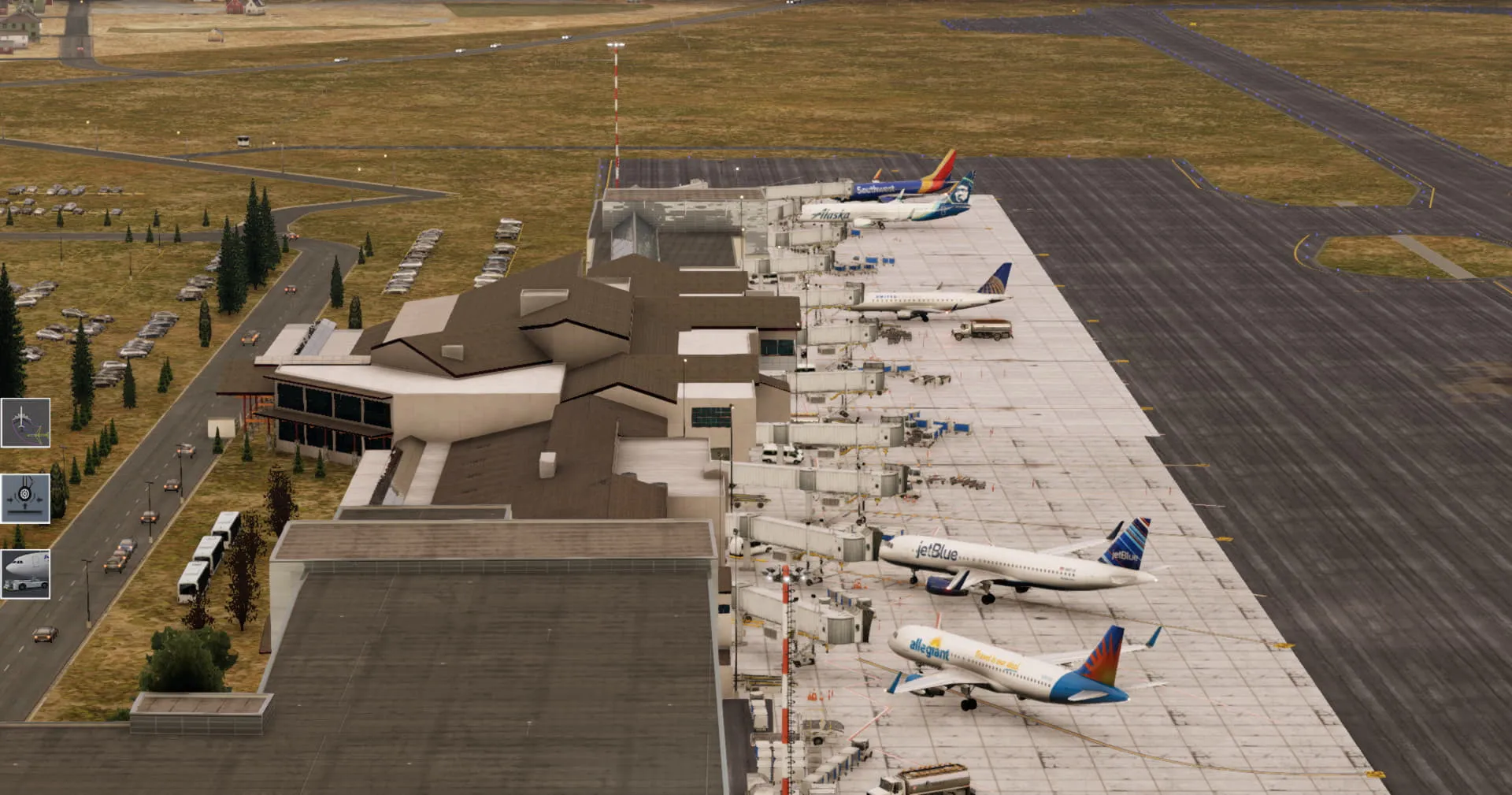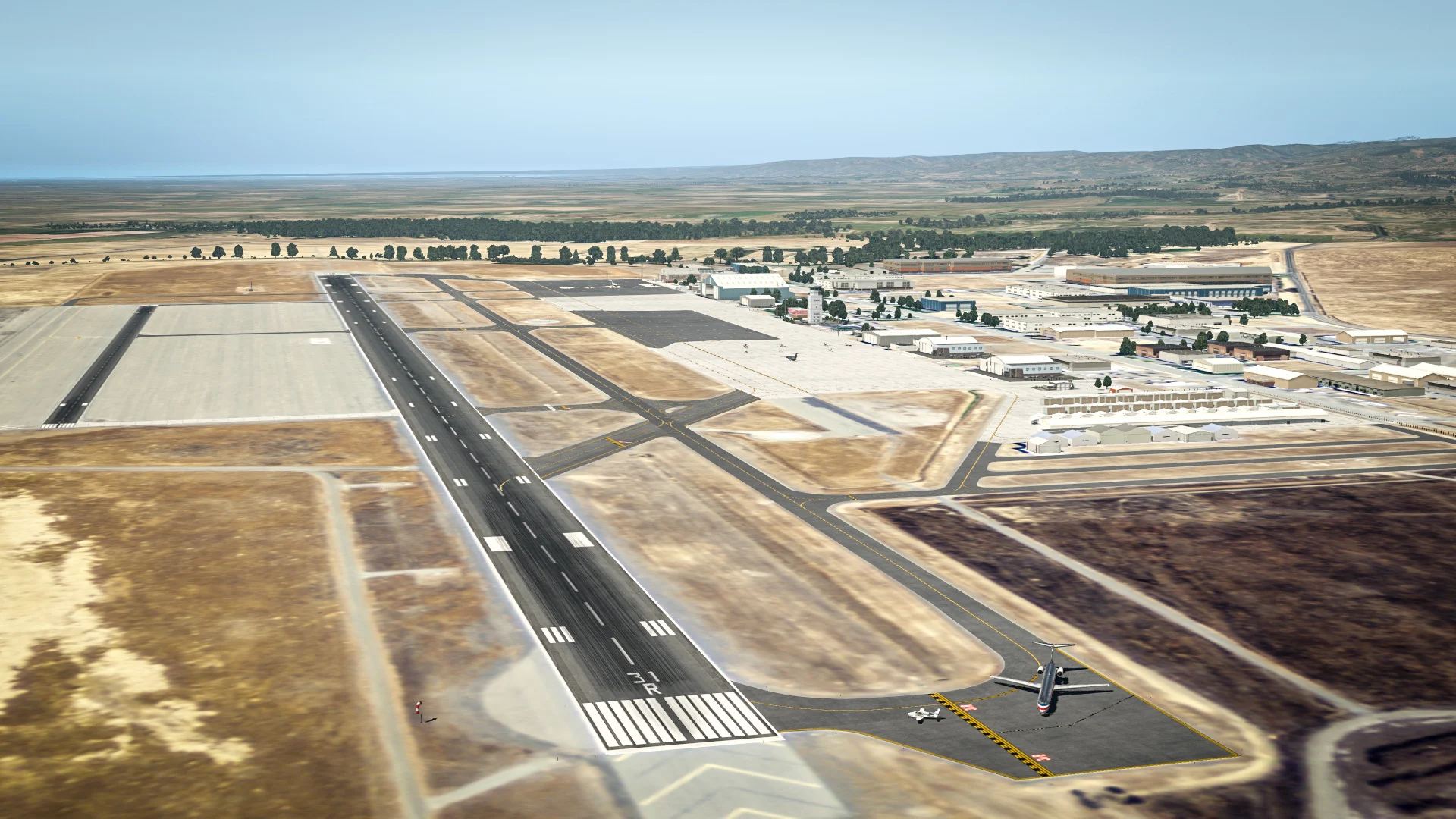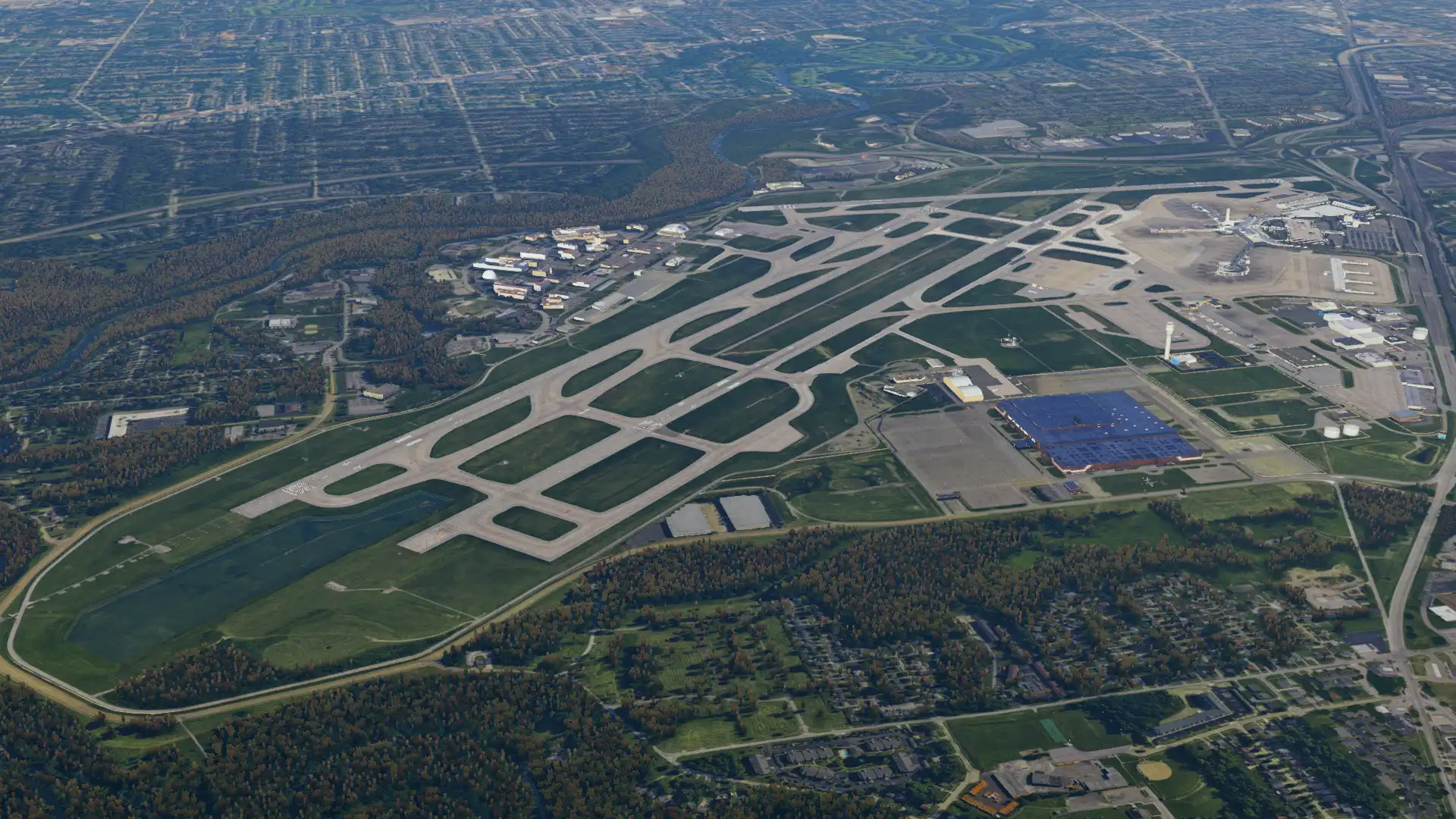Future of X-Plane Development
May 27, 2018
Developer
Whilst X-Plane has been around for over two decades now, only in the two most recent iterations has it begun to show true maturity as a platform. What was once Austin Meyer’s personal pet project has rapidly evolved into a true contender against the FSX, P3D and FSW platforms based on the codebase these days known as ESP (Enterprise Simulation Platform), developed initially by Bruce Artwick and later by Microsoft’s game division for a consecutive period of over 25 years.
Whilst arguably always having been superior in the physics department (yes, being able to compute stability derivatives and aerodynamic forces on the fly as opposed to reading from a table is a plus, especially with regard to ensuring a smooth control response as well as making it easier to get right various aspects of the overall flight dynamics such as uncoordinated flight), X-Plane has traditionally come second in areas which have been mainstays of competing products for, in some instances, decades. These include graphical complexity, atmospheric modeling, generation of other traffic, native air traffic control, and the ease of implementing complex aircraft systems.
With X-Plane version 10 and later, version 11, however, the situation has rapidly changed. In my opinion, the first true contender was v10 in its mid-to-late run. Version 10 introduced features like high-dynamic-range lighting and artificially intelligent traffic that convincingly showed a desire by Laminar to expand the scope of their sim. Additionally, the implementation of the scenery gateway quickly led to a default scenery offering that was without precedent in any other consumer simulator to date. These improvements paved the way for the development of the first true study-level aircraft for the platform, most notably the 737-300 by IXEG, now marketed by X-Aviation. Whilst the term “study-level” hitherto lacks an exact definition, it can be seen as referring to the level of detail pioneered by PMDG, wherein, in the case of transport category aircraft, the goal is to match, or in some aspects possibly surpass, the granularity provided by a full flight simulator. Before doubting this prospect, consider that the oldest FFS devices designed to mostly current standards originate from the late 1970s-early 1980s and factor in the exponential rise in computing power since that era. A case in point is the ATR 72-200 simulator owned by Finnair Flight Academy based in Vantaa, Finland, which has been operating on period hardware since the mid-1980s and is still in active use.
The question thus arises: What is the natural next step for X-Plane? The answer is actually quite simple. Given the slow rate of maturation of the franchise, the developers must step up their game. Especially for those of us using X-Plane as their sole civilian flight simulation platform. a stream of high-quality content is vital with a view to ensuring further investment. The community has grown far too accustomed to not having a lot of the features now self-evident on many other platforms, such as high-fidelity weather.
I hear two main arguments being used as explanations for the current situation. Firstly, there is the argument that, being in perpetual beta, X-Plane is rendered a moving target by its distribution model, which hinders addon development. Whilst logical, this argument is only true to an extent. Especially recently, with the revitalisation of the ESP codebase through both P3D and FSW, virtually all developers have had to get used to pushing more or less constant updates in order for products to remain functional amid constant patches to the host product.
The second argument involves the notion that X-Plane can hold its own in the larger flight sim space. This, quite simply, isn’t true: we reside in such a small subniche of the gaming community that contributions from both established and new, possibly non-exclusive, X-Plane developers are needed to sustain the platform.
What, then, would I like to see happen to X-Plane in the coming years? First and foremost, we need a strong and robust core feature set to be expanded upon by developers. I want to see a detailed, customisable native air traffic control system with editable airspaces, procedures and phraseology and speech recognition support – and no, the argument to fly online just doesn’t cut it for me in this context.
We also need a realistic weather engine with dynamic fronts, weather systems, icing, precipitation and seasonal effects. We need even more realistic default aircraft to serve as statements pertaining to X-Plane’s capabilities.
On the addon aircraft front, we need products that adopt an ecological-modeling approach: that is, ones that model components of, and interactions among, airplane systems. On the scenery front, a wide range of products covering all classes of aerodromes is a must – although the need isn’t as acute with the Scenery Gateway in place, in comparison to ESP-based platforms.
Overall, a long road lies ahead. In the next part, I will introduce some specific viewpoints with regards to what makes a good simulated aircraft as well as discuss what lies behind the success of specific developers. Until next time!
Share this page
COMMENT ADVISORY:
Threshold encourages informed discussion and debate - though this can only happen if all commenters remain civil when voicing their opinions.




.webp)





.webp)

